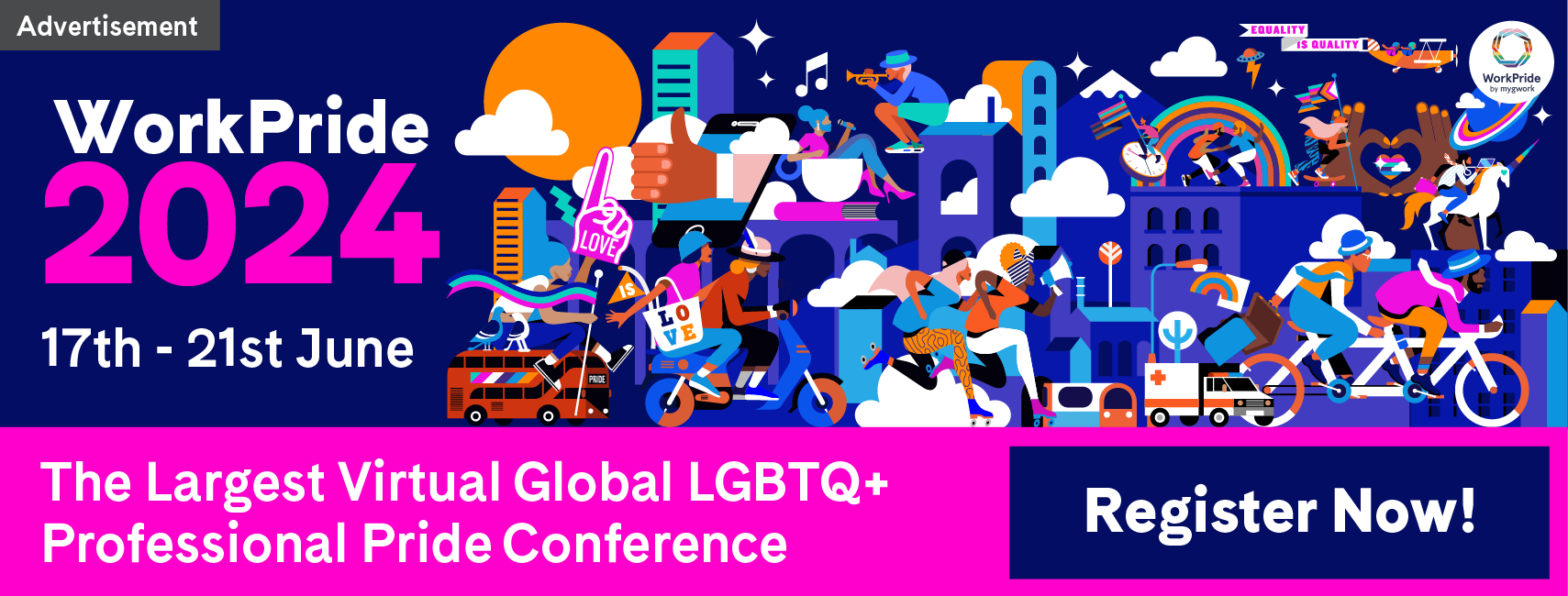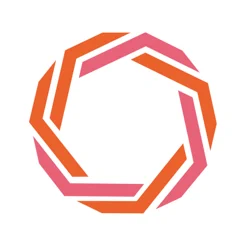Progress Pride Flag Gets 2021 Redesign To Better Represent Intersex People
The Progress Pride flag has been redesigned by an intersex activist to include intersex people.
The new addition abandons the stripes-only theme and inserts a large yellow triangle on the left with a circle inside of it.

Most subsets of the LGBt+ community have their own flags now, from the transgender flag designed by Monica Helms decades ago to the “Labrys Lesbian Pride Flag.” There are genderqueer and genderfluid flags, and bisexual, pansexual, and polysexual flags despite some folks’ inability to tell the difference between the words, let alone the flags. There’s even a flag for straight allies.
Now, Intersex Equality Rights UK has shared the latest iteration of the Pride Progress flag. They acknowledged all the previous changes over the past couple of years.
“In 2017 under the leadership of American civil rights activist Amber Hikes, Philadelphia’s Office of LGBT Affairs developed the rainbow flag to incorporate black and brown stripes to include black, brown, and people of colour,” they posted with a graphic showing the newest version.
“Building on that in 2018 Daniel Quasar redesigned the flag to include trans people, creating the Pride Progress flag.”
Several organisations like the Human Rights Campaign and Pride at Work have ditched the original Pride flag in favour of the Philadelphia Pride flag. Corporations have jumped on the Pride Progress flag bandwagon to try to include as many customers as possible.
The group says that Valentino Vecchietti has re-developed the Pride Progress flag design to incorporate the intersex flag.
“Intersex” refers to people who are born with sexual characteristics that don’t fit societal or medical norms for male or female bodies. They are generally included in the transgender community, but intersex people can also be of a wide range of sexual orientations or gender identities.
It’s an umbrella term that covers a wide range of natural variations of the human body. Many of these traits are visible at birth, though many may not become visible until puberty. Some chromosomal variations may not even be visible at any time.
Many intersex people faced medical “correction” shortly after birth in an attempt to make their bodies fit the expectations of medical professionals and others, sometimes without even the knowledge or consent of parents. This sort of “correction” has included surgical and hormone treatments during infancy, childhood, and adolescence, and can often lead to sexual dysfunction and other issues.
As much as 1.7% of the world’s population is born intersex. That’s roughly the same amount as people born with red hair.
Read related myGwork articles here:
Group Claims Ownership Of Bi Pride Flag, Activists Are Outraged
Plymouth Citybus Apologises After ‘Rebranding’ Pride Flag For The NHS
UK’s First Pride Train Staffed By All-LGBT+ Crew Makes First Journey
‘Blues Clues & You’ series Include 9 LGBT+ Flags In New Alphabet Music Video
Keep up to date with the latest myGnews

